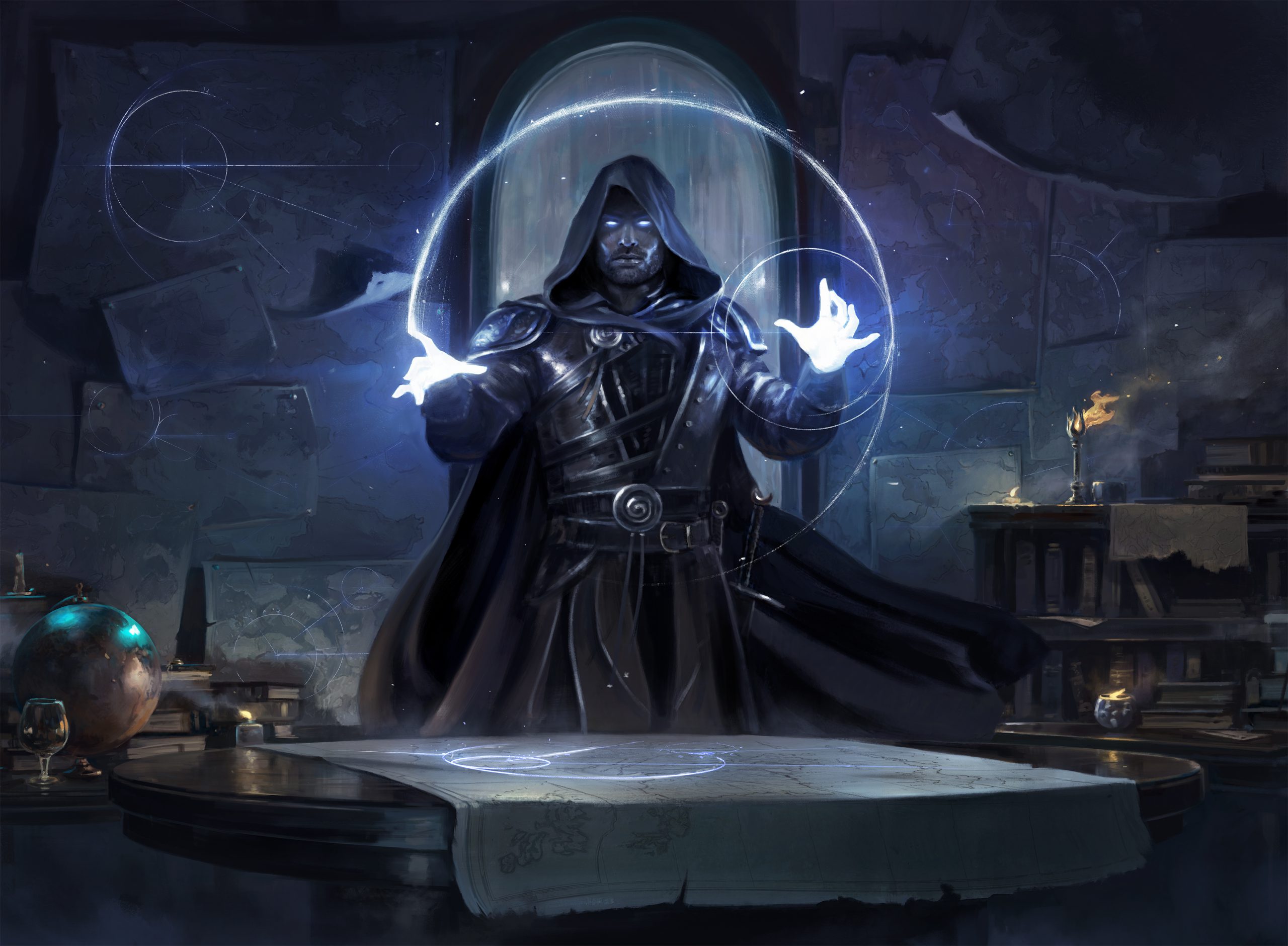Articles
Under the Radar - Sita Varma, Masked Racer
Aetherdrift's Sita Varma isn't seeing the love that she deserves, and Ben Macready's here to fix that!
The Top 10 Most Played Commander Cards from Aetherdrift
More and more folks are slotting Aetherdrift cards into their decks, but which cards are the most played? Nick goes through the list, crunches the numbers, and presents the most popular cards from Aetherdrift.
14 Budget Cards Under $14 for Neriv, Crackling Vanguard
Neriv, Crackling Vanguard may not be the most popular commander from Tarkir: Dragonstorm, but Tyler has some great ideas on some budget options to really spice up your deck.
Adapting Your Decks to Core Bracket 2
The latest in his series of exploring the new Commander Deck Brackets, Jeff shows you had to target the power level of your EDH deck so that you're not pub-stomping new players at your LGS.
The Over/Under - Predicting the Popularity of Tarkir: Dragonstorm Commanders
Where will the best Tarkir: Dragonstorm cards land in the Over/Under?
Tarkir: Dragonstorm Set Review - Budget
Looking for fresh, cheap new cards to add to your next brew? Alejandro has you covered for some Dragonstorm value adds.
Tarkir: Dragonstorm Set Review - Colorless
Not all that glitters is gold, but it can be colorless!
Top 10 Interesting & Interactive Cards From Tarkir: Dragonstorm
Storm into the new Tarkir set release with some of its more interesting gameplay nuances!
Beyond the Multiverse - Commissar Severina Raine
Servenia leads from the front in this Universes Beyond brew!
Early Bird Tickets Available for Official MagicCon Party
Header Photo provided by Wizards of the Coast LAS VEGAS -- Most Early Bird badges are currently available for MagicCon: Las Vegas, but if you needed a little extra incentive, how does a party sound? Event organizers for the June event announced today a one-night-only "Party at the Edge of Eternity" featuring DJ Elliot and […]









